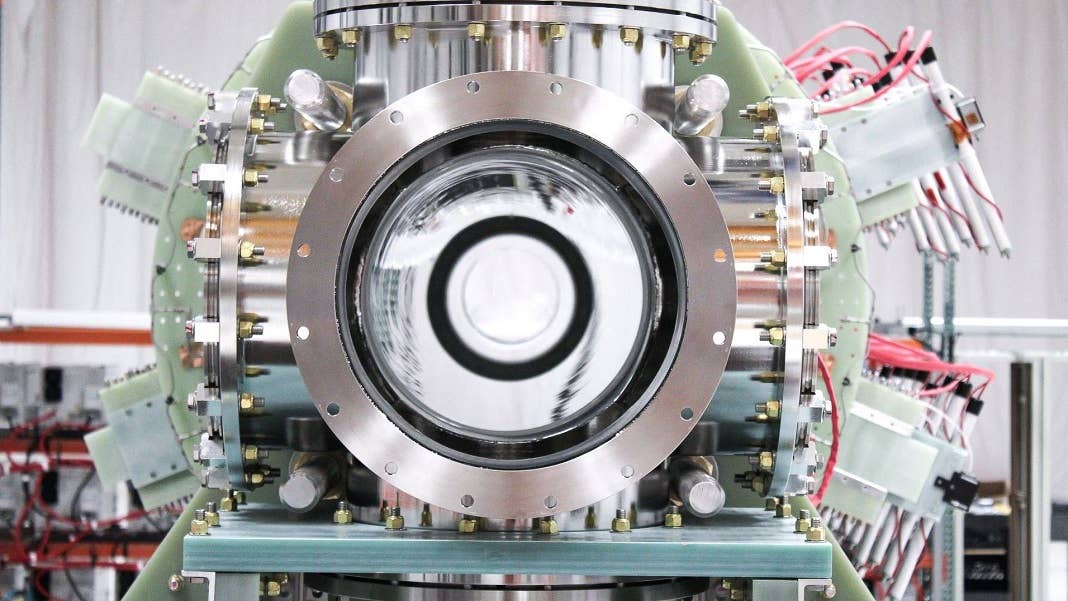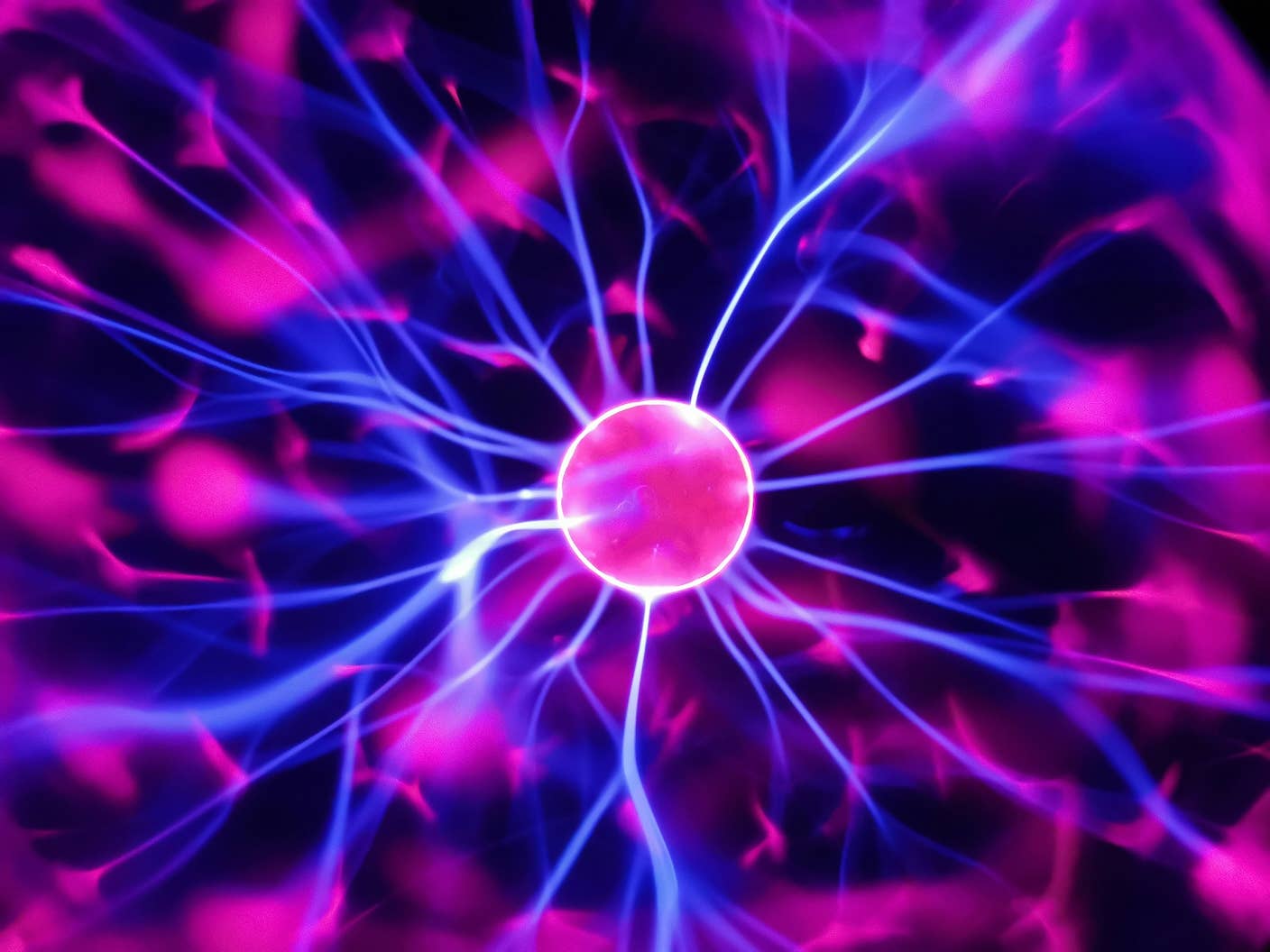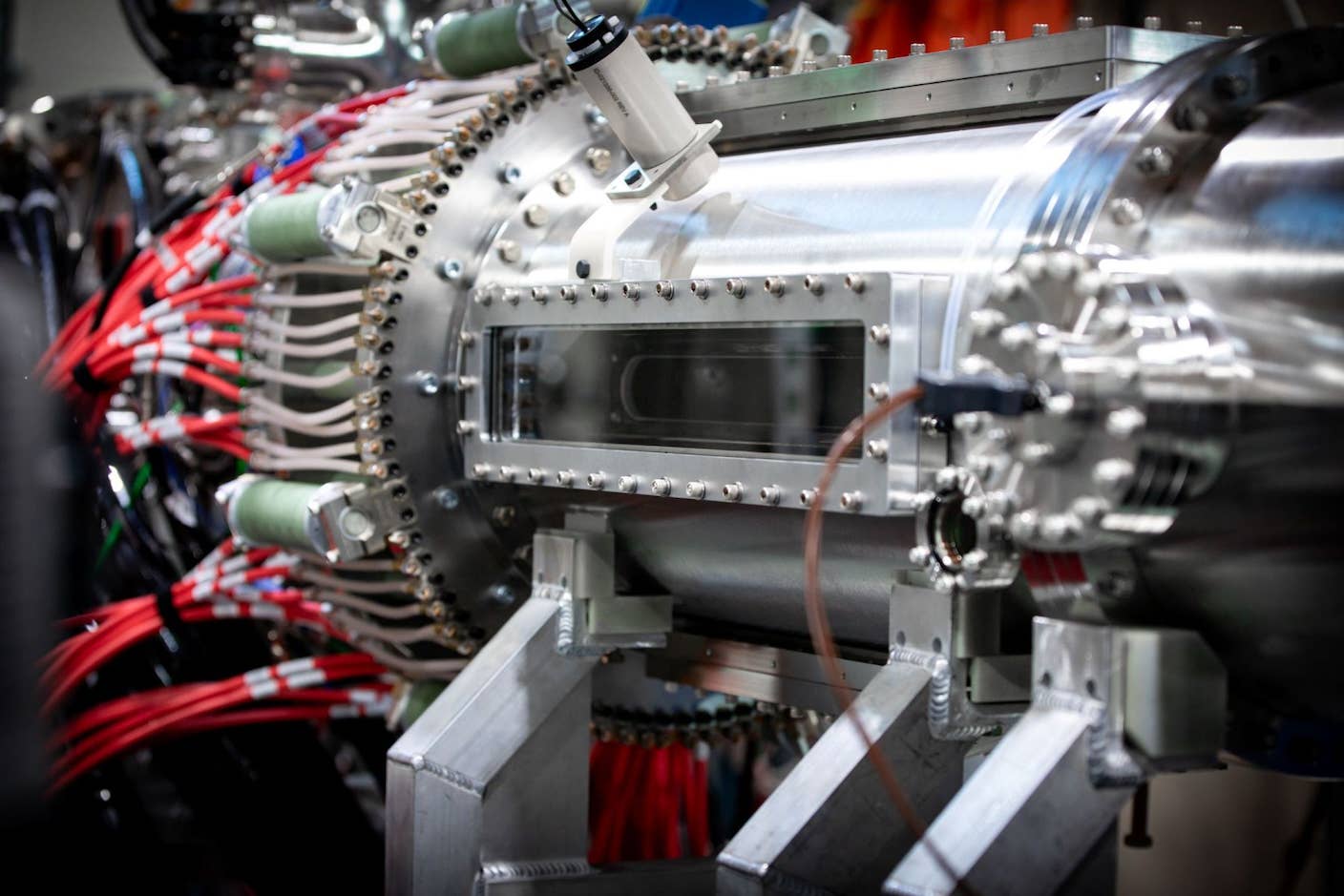Microsoft Signs Contract to Buy Power From Nuclear Fusion Reactor by 2028

Share
Fusion energy startups have attracted a lot of attention and investment in recent years, despite experts predicting the technology is still decades away. Now, Microsoft has made the boldest bet so far, signing a deal to purchase electricity from a fusion reactor starting in just five years.
Nuclear fusion reactors harness the same reaction that powers the sun, in which atoms are smashed together to produce vast amounts of energy. Efforts to tame the process here on Earth have been underway for decades, but the complexity of the problem means that most experts predict we’re still a long way off from fusion being a reliable source of electricity.
Recently though, there’s been a flurry of investment in a new wave of startups promising to significantly accelerate those timelines. According to the Fusion Industry Association, 33 companies have raised roughly five billion dollars in recent years, and many are predicting that commercial fusion will be a reality by the end of the decade.
One of the leaders of the pack, Helion Energy, has raised roughly $500 million, which could rise to $2.2 billion if the company hits certain performance milestones. And now it has announced that it has its first customer after signing an energy purchase agreement with Microsoft that commits it to supply the tech giant with electricity from 2028.
“This collaboration represents a significant milestone for Helion and the fusion industry as a whole,” CEO David Kirtley said in a press release. “We still have a lot of work to do, but we are confident in our ability to deliver the world’s first fusion power facility.”
The company has already built six prototype plants and says its latest test reactor, which will come online next year, will demonstrate the ability to generate electricity. And by 2028 it plans to have a 50-megawatt commercial plant up and running.
That’s aggressive considering it was only last December that researchers first demonstrated a fusion reaction that produced more energy than was required to create it. That feat was achieved by a team at Lawrence Livermore National Laboratory, whose director Kim Budil predicted it would still take several decades to turn this scientific breakthrough into a commercial one.
Helion is also relying on a somewhat unconventional approach to nuclear fusion. The result achieved at LLNL worked by firing high-energy lasers at a tiny piece of fuel. Most other fusion experiments over the years have used tokamaks—doughnut-shaped vessels that use powerful magnets to contain plasma, which is then heated up to fusion temperatures.
The approach Helion is taking is called a “pulsed non-ignition fusion system,” according to MIT Tech Review. It also relies on magnets to contain a super-heated plasma, but rather than heating it further to fusion temperatures, the magnets are used to smash two rings of plasma together at a million miles an hour to trigger a fusion reaction.
Rather than using the energy generated by the reaction to turn water into steam that can drive a turbine, the approach uses its magnets to generate power. The fusion reaction causes the plasma to expand and push back against the reactor’s magnetic field. This generates current in its electromagnetic coils that can then power the next pulse, while any excess is fed into the grid.
Be Part of the Future
Sign up to receive top stories about groundbreaking technologies and visionary thinkers from SingularityHub.


But the company has yet to confirm whether it’s been able to create this kind of excess. And while most fusion schemes rely on two hydrogen isotopes as fuel—deuterium and tritium—Helion’s process uses a rare gas called Helium 3 that could be be hard and expensive to source. As a result, experts have expressed some skepticism about the company’s timelines.
“I would say it’s the most audacious thing I’ve ever heard,” University of Chicago theoretical physicist Robert Rosner told The Verge. “In these kinds of issues, I will never say never. But it would be astonishing if they succeed.”
The company and its backers are bullish, though. Kirtley told The Verge that the deal contains financial penalties for Helion if it doesn't manage to supply electricity to Microsoft by the agreed date. And he says their goal is to eventually get costs down to a cent per kilowatt hour, well below the roughly 11 cent average today.
One of the company’s major investors is OpenAI founder Sam Altman, who has sunk $375 million into Helion. Microsoft has made a multi-billion-dollar investment in OpenAI, and it’s unclear whether this connection has factored into the power purchase agreement.
But Altman told the Wall Street Journal that he is convinced Helion will be able to achieve their goals, and potentially even beat their 2028 deadline. Microsoft president Brad Smith also told the newspaper that they were confident in the technology. “We wouldn’t enter into this agreement if we were not optimistic that engineering advances are gaining momentum,” he said.
There are likely to be many more twists and turns in the race to make fusion power a commercial reality. But this announcement suggests Helion has a strong claim on pole position.
Image Credit: Helion Energy
Related Articles

Hugging Face Says AI Models With Reasoning Use 30x More Energy on Average

Startup Zap Energy Just Set a Fusion Power Record With Its Latest Reactor

Scientists Say New Air Filter Transforms Any Building Into a Carbon-Capture Machine
What we’re reading
